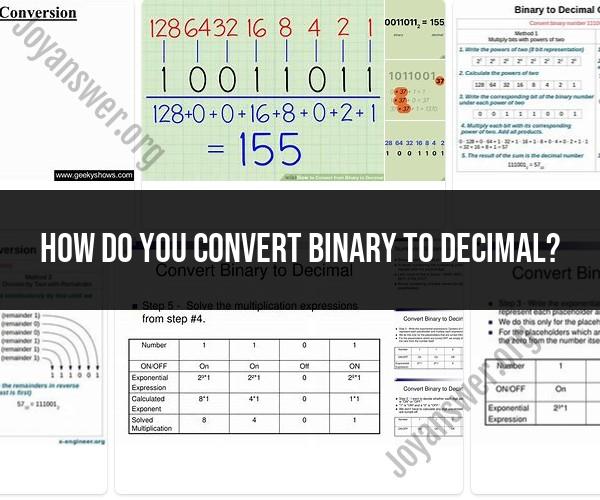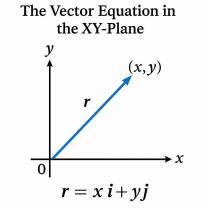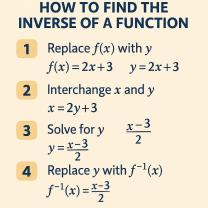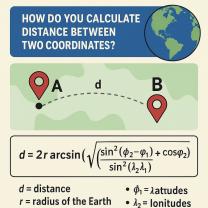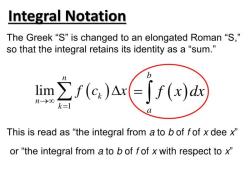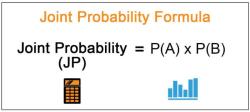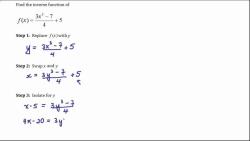How do you convert binary to decimal?
Converting binary numbers to decimal involves understanding the positional notation of both systems. In binary, each digit (bit) represents a power of 2, and in decimal, each digit represents a power of 10. The steps below outline how to convert a binary number to decimal:
Write Down the Binary Number: Start by writing down the binary number you want to convert to decimal.
Assign Positions: Assign a position to each bit in the binary number, starting from the right and increasing by 1 for each position. The rightmost bit is in position 0, the next to the left is in position 1, and so on.
Calculate Decimal Equivalent: For each bit in the binary number, multiply it by 2 raised to the power of its position and sum up these values.
Example: Convert the binary number 1101 to decimal.
- 1 * 2^3 = 1 * 8 = 8
- 1 * 2^2 = 1 * 4 = 4
- 0 * 2^1 = 0 * 2 = 0
- 1 * 2^0 = 1 * 1 = 1
Add Up the Results: Add up the values obtained in the previous step to get the decimal equivalent of the binary number.
In the example: 8 + 4 + 0 + 1 = 13
So, the binary number 1101 is equivalent to the decimal number 13.
Here's a general formula to help you convert binary to decimal:
Decimal = (bn * 2^n) + (bn-1 * 2^(n-1)) + ... + (b1 * 2^1) + (b0 * 2^0)
Where:
- bn, bn-1, ..., b1, b0 are the binary digits (bits) at each position.
- n is the position of the bit, starting from 0 for the rightmost bit.
You can use this process to convert any binary number to its decimal equivalent.
